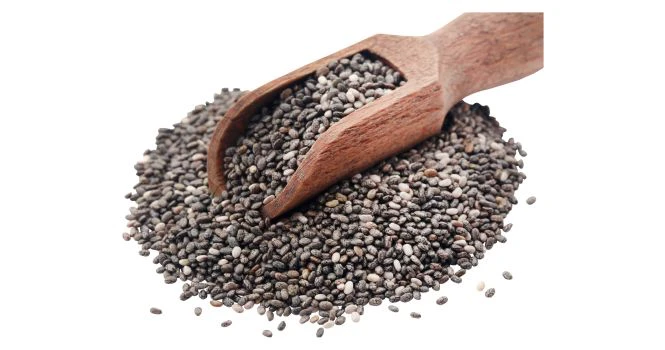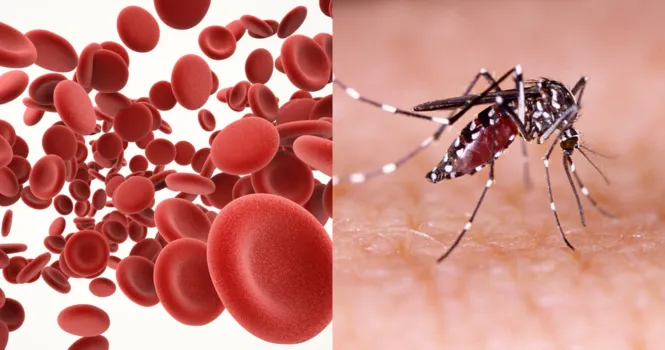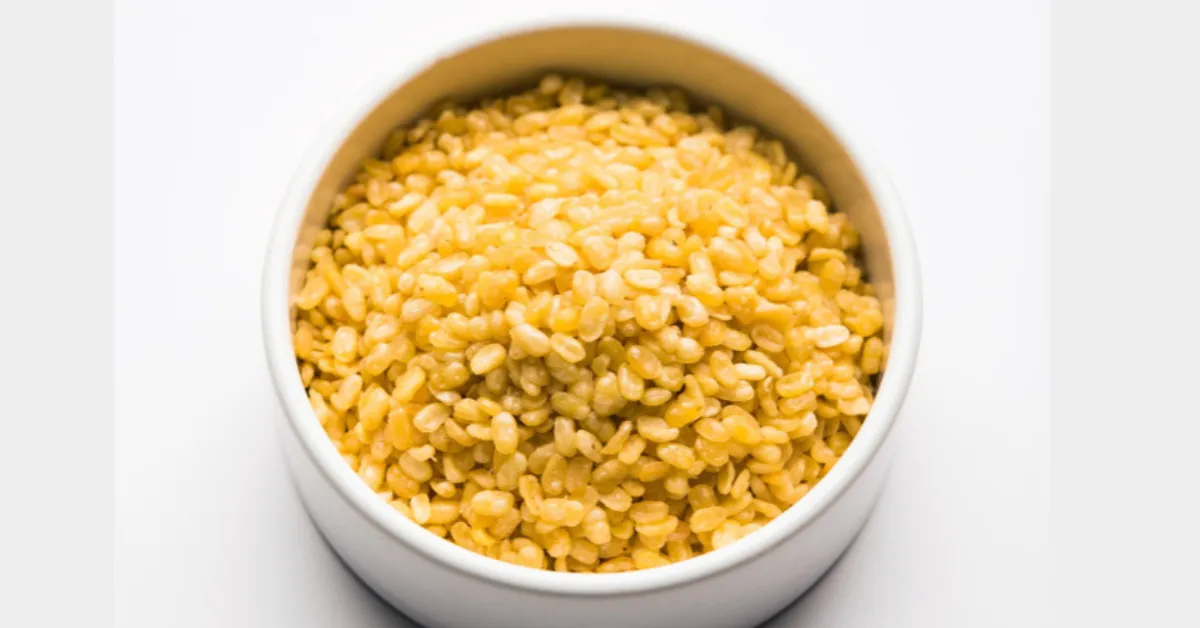How Much Whey Protein Per Day?

Whey protein has become a staple in the diets of fitness enthusiasts and individuals looking to improve their health and physique. With its rich amino acid profile and easy digestibility, it’s no wonder that it’s one of the most popular supplements on the market.
However, one of the frequently asked questions is,
How much whey protein should I take in a day?
To answer this, we must consider various factors such as your goals, body weight, and overall dietary intake.
First and foremost, it is essential to understand what whey protein is.
Whey is a byproduct of cheese production. It’s the liquid that separates from the curds and is processed into a powder form, which is what you find in stores as whey protein.
It contains all essential amino acids, making it a complete protein source. The primary types of whey protein are concentrate, isolate, and hydrolysate, each varying in protein content, fat, and lactose.
Let’s get into more details with Q & A for better understanding.
What is Whey Protein?
Whey protein is a high-quality protein derived from milk during the cheese-making process.
Milk contains two types of proteins:
- Casein (about 80%)
- Whey (about 20%).
When cheese is produced, the casein proteins form the solid curds, and the whey proteins are found in the liquid that is separated from the curds.
Whey protein is considered a complete protein as it contains all nine essential amino acids that the human body cannot produce on its own.
It is highly digestible and rapidly absorbed by the body, making it a favorite among athletes, bodybuilders, and those looking to improve their overall health.
Whey protein comes in various forms, including:
Whey Protein Concentrate (WPC):
Contains a lower percentage of protein (typically around 70-80%) and higher levels of fats and carbohydrates.
Whey Protein Isolate (WPI):
Has had most of the fats and carbohydrates removed, resulting in a higher protein content (usually around 90% or higher).
Whey Protein Hydrolysate (WPH):
Pre-digested and partially hydrolyzed for easier metabolization, making it less allergenic but often more expensive.
If the word, “Pre-digested caught your attention, then while referring to protein supplements like Whey Protein Hydrolysate (WPH), “pre-digested” means that the proteins have been broken down, or “hydrolyzed,” into smaller pieces called peptides or even individual amino acids.
This process mimics what would happen during normal digestion in your body, but it occurs outside of the body, in the lab, through a controlled enzymatic or acidic reaction.
This pre-digestion process makes the proteins easier to absorb and use in the body, which can be especially beneficial for those with digestive issues or those needing rapid absorption of protein (like athletes after an intense workout).
This rapid absorption can also lead to an accelerated increase in muscle protein synthesis, which is a primary mechanism through which muscles grow.
However, the process of pre-digestion or hydrolyzation makes the protein supplement more expensive due to the additional processing steps.
Furthermore, the flavor of hydrolyzed protein supplements may be more bitter than other forms due to the increased presence of individual amino acids.
How is Whey Protein Produced?
The production of whey protein involves several steps to extract and process the protein from liquid whey:
1. Cheese Production:
Whey protein is a by-product of cheese production. When an enzyme called rennet is added to milk, it causes the milk to coagulate, separating into solid curds (casein protein) and liquid whey.
2. Liquid Whey Collection:
The liquid whey is collected and separated from the curds. At this point, it still contains fats, carbohydrates, and other milk components.
3. Microfiltration:
The liquid whey undergoes microfiltration to remove fats and lactose. This process is repeated several times to ensure that unwanted components are eliminated.
4. Protein Extraction:
The protein in the liquid is then concentrated using ultrafiltration. The water, vitamins, and minerals are filtered out, leaving behind a concentrated protein solution.
5. Heat Treatment:
The concentrated protein solution is subjected to heat treatment to ensure that any bacteria are killed and that the protein is safe for consumption.
6. Evaporation and Drying:
The protein solution is evaporated to remove excess moisture and then spray-dried to convert it into a powder.
7. Agglomeration and Packaging:
The protein powder undergoes agglomeration to improve its texture and mixability. After this, it is packaged and ready for distribution.
This powder can then be mixed with water or other liquids and consumed as a protein shake, or it can be used as an ingredient in a variety of recipes.
In short, whey protein is a highly nutritious protein source that is derived from milk during cheese production. It’s valued for its high-quality protein content, ease of digestibility, and rich amino acid profile, making it a popular choice for muscle building and overall health improvement.
The production process involves several steps to extract, concentrate, and purify the protein from liquid whey.
Now, let’s discuss the factors that influence,
How much whey protein you should consume?
1. Dietary Protein Needs:
The Recommended Dietary Allowance (RDA) for protein is 0.8 grams per kilogram of body weight for the general population. However, if you are engaged in regular exercise, especially resistance training, your protein needs are likely to be higher.
Research suggests that for individuals involved in strength training, consuming 1.2 to 2.2 grams of protein per kilogram of body weight is beneficial.
2. Fitness Goals:
Your objectives play a crucial role in determining protein intake. If you are looking to build muscle, you might need to consume more protein than someone who is using whey protein for weight maintenance or minor toning.
Moreover, if you’re in a calorie deficit aiming for fat loss, higher protein intake can help preserve muscle mass.
3. Overall Dietary Intake:
It’s important to consider how much protein you are consuming from other sources. Foods like meat, fish, dairy, and legumes are excellent sources of protein. If your diet is already high in protein, you may not need as much whey protein.
4. Individual Variability:
People’s ability to digest and process protein can vary. Factors such as age, metabolism, and gut health can affect how efficiently your body uses the protein you consume.
5. Medical Considerations:
In certain medical conditions, like kidney disease, it’s necessary to limit protein intake. Always consult a physician if you have a medical condition that might be affected by increased protein intake.
Now, let’s strategize
how to implement whey protein intake in your daily regimen
1. Start With Your Total Protein Target:
Calculate your total daily protein needs based on your weight and fitness goals. For example, if you weigh 70kg and are engaged in strength training, aiming for 1.6 grams of protein per kg would mean a target of 112 grams of protein per day.
2. Subtract Protein from Food Sources:
Keep track of the protein you consume through food. If you are consuming 80 grams of protein through your regular diet, this leaves you with 32 grams that can be fulfilled through whey protein supplementation.
3. Divide Across Meals:
It’s often beneficial to distribute protein intake throughout the day. Instead of consuming all the whey protein in one go, you might find it more effective to divide it into two servings, such as post-workout and as a snack.
4. Listen to Your Body:
Pay attention to how your body reacts. If you find that consuming a certain amount of whey protein is causing digestive distress or not giving you the results you are after, adjust accordingly.
5. Quality Matters:
When selecting a whey protein, look for high-quality products without a lot of additives or fillers. The purer the product, the better your body can absorb and utilize it.
Remember, there is no one-size-fits-all answer to how much whey protein you should consume per day. It’s essential to take a personalized approach based on your goals, body weight, and overall diet.
It’s also important to remember that while whey protein is a convenient and effective supplement, it should not replace whole food sources of protein but rather supplement them when needed.
Furthermore, always consider any medical conditions or consultations with your doctor when modifying your diet. By using these strategies and paying attention to your body, you can find the optimal amount of whey protein to support your goals and maintain a healthy lifestyle.
Frequently Asked Questions
How much Protein is in 1 Scoop of Whey Protein Powder?
The amount of protein in one scoop of whey protein powder can vary depending on the brand, but typically it’s around 20-25 grams per serving. A serving is often one scoop, but the scoop size can differ among products, so it’s always best to check the nutrition facts on the label of your specific product.
Some high-concentration whey protein isolates might have slightly more protein per scoop, possibly up to 30 grams. Similarly, certain types of protein powder with additional ingredients, like plant-based proteins or meal replacements, may have less protein per scoop.
Again, it’s very important to read the packaging for specific details, as each product will be different.
Is 2 Whey Protein Shakes a Day Too Much?
Consuming 2 whey protein shakes a day is not necessarily too much. For many people, especially those who are very active or have high protein needs, this can be a practical way to supplement their diet.
Is 100g of Whey Protein Too Much?
Consuming 100g of whey protein just from supplements might be excessive for most individuals. It’s important to ensure that you’re also getting protein from whole food sources, as they provide other essential nutrients.
Can I Take 3 Scoops of Whey Protein a Day?
It depends on the size of the scoop and your protein needs. If three scoops amount to around 60-75g of protein and fits within your daily protein requirements, it could be acceptable. However, make sure that it does not excessively surpass your daily protein needs.
Can I Take 4 Scoops of Whey Protein a Day?
Similar to the previous answer, it depends on your overall protein needs. For someone with very high protein requirements, like a bodybuilder, this might be reasonable. For the average person, this might be excessive.
Is 50g of Protein Shake Too Much?
Consuming a 50g protein shake isn’t inherently too much, but it’s important to consider what other sources of protein you’re consuming throughout the day. It’s often more effective to spread protein intake out throughout the day rather than consuming large amounts at once.
How Much Protein to Gain Muscle?
To gain muscle, the general recommendation is to consume between 1.2 and 2.2 grams of protein per kilogram of body weight. Some individuals, particularly bodybuilders, may consume more, but this range is a good starting point for most.
![]()












